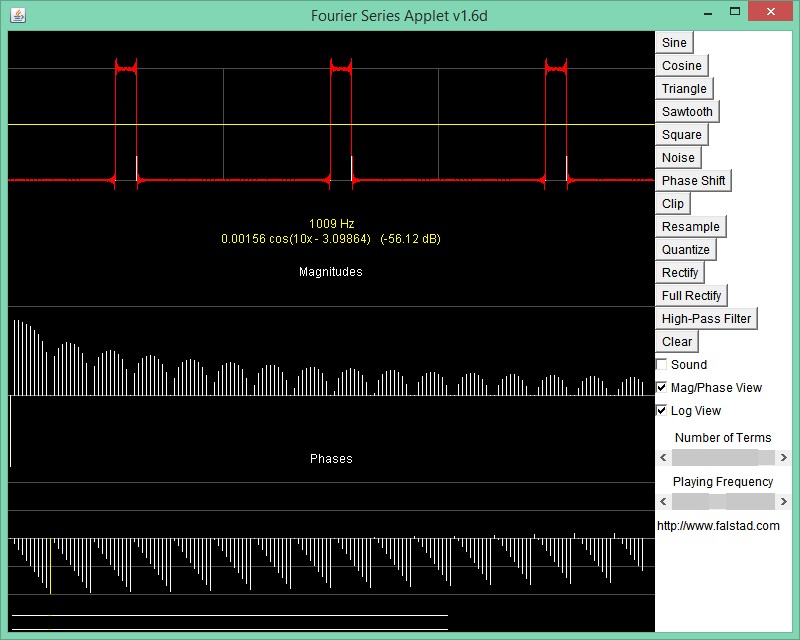T
treez
Guest
Hello,
We are examining the amplitudes of each of the Mains input harmonic currents to the following (shown below) Mains rectifier followed by a smoothing capacitor (235uF) and constant power load (50W).
Do you agree that the mains harmonic current amplitudes shown in the pdf below are correct? (The overall RMS current input from the mains is 611mA).
The simulation (in LTspice) is also provided, and this can be used with its “View FFT” function.
By the table of page 7 of the below document I believe that the circuit shown here is within the regulatory limits for mains harmonic current limits.
Harmonic current emissions:
We are examining the amplitudes of each of the Mains input harmonic currents to the following (shown below) Mains rectifier followed by a smoothing capacitor (235uF) and constant power load (50W).
Do you agree that the mains harmonic current amplitudes shown in the pdf below are correct? (The overall RMS current input from the mains is 611mA).
The simulation (in LTspice) is also provided, and this can be used with its “View FFT” function.
By the table of page 7 of the below document I believe that the circuit shown here is within the regulatory limits for mains harmonic current limits.
Harmonic current emissions:
